Wetlands
1/33
There's no tags or description
Looks like no tags are added yet.
Name | Mastery | Learn | Test | Matching | Spaced |
|---|
No study sessions yet.
34 Terms
Wetlands
Areas that are inundated or saturated by surface or groundwater at a frequency and duration sufficient to support, and that under normal circumstances do support, a prevalence of vegetation typically adapted for life in saturated soil conditions (33 CFR, 328.3)
What are the Types of Wetlands?
- Marshes
- Swamps
- Bogs
- Fens
Marshes
Wetlands frequently or continually inundated with water, characterized by emergent soft-stemmed vegetation adapted to saturated soil conditions
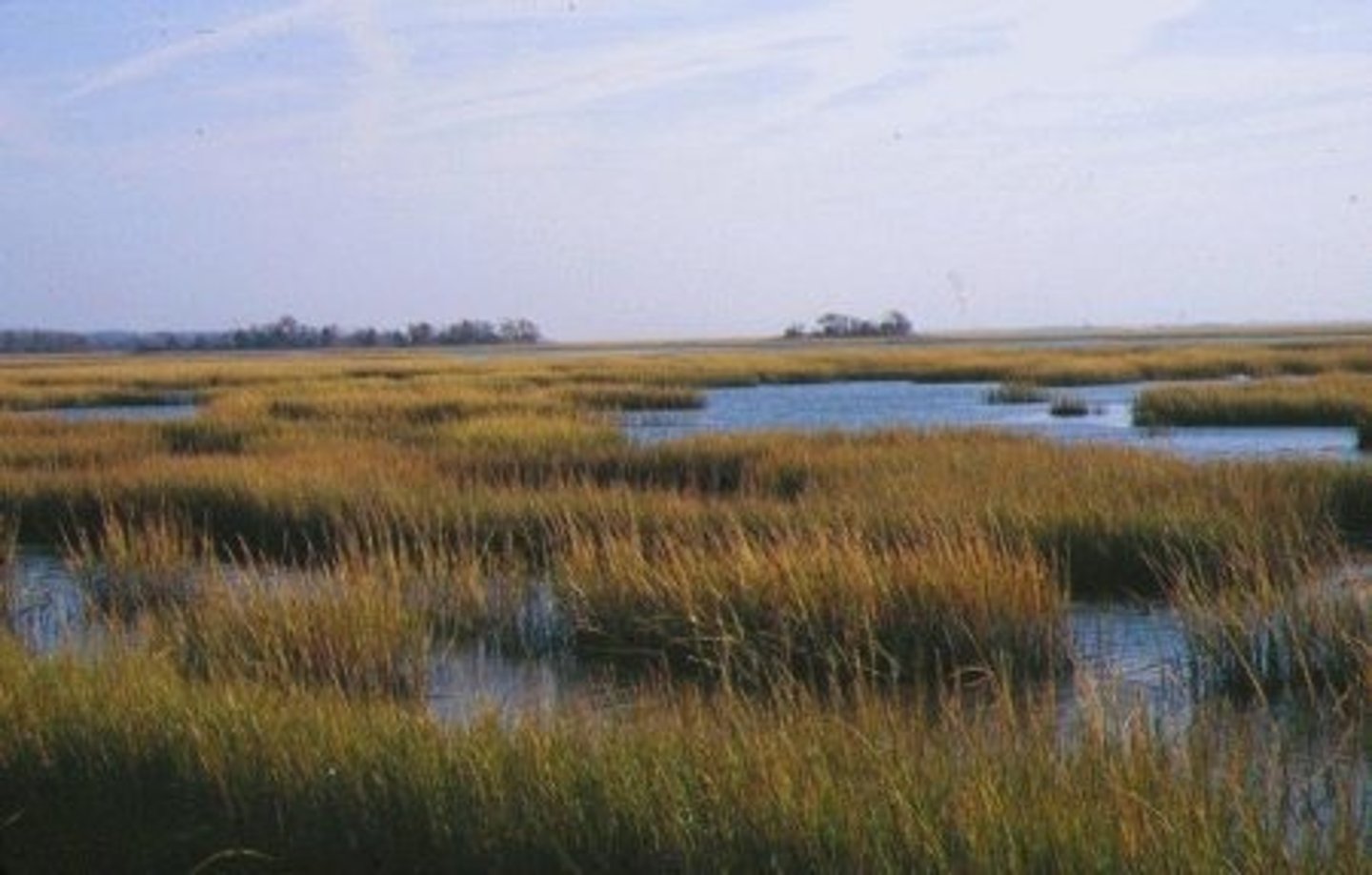
Swamps
Any wetland dominated by woody plants
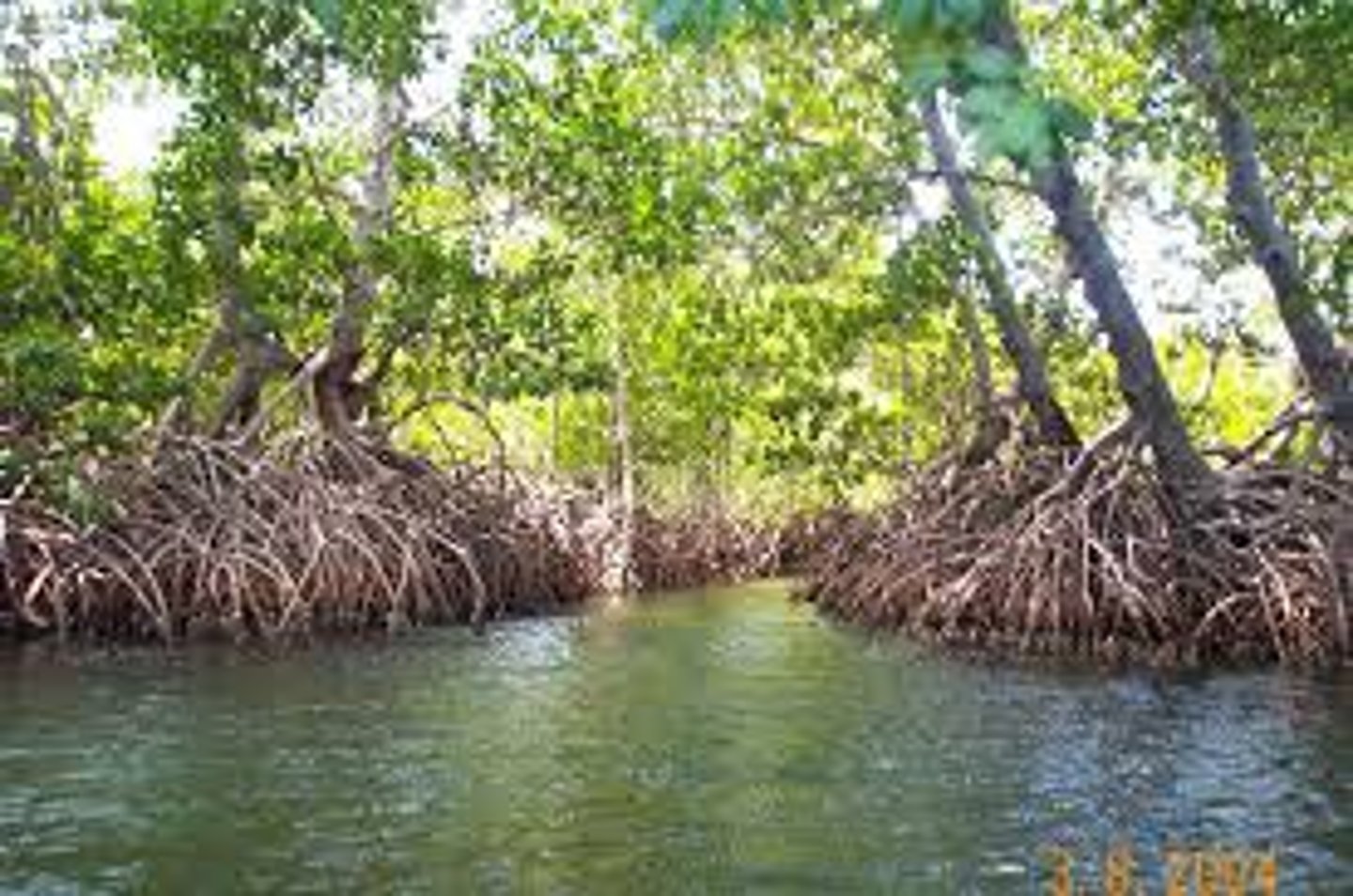
Bogs
Wetlands characterized by spongy peat deposits, acidic waters and floor covered by thick carpet of sphagnum moss
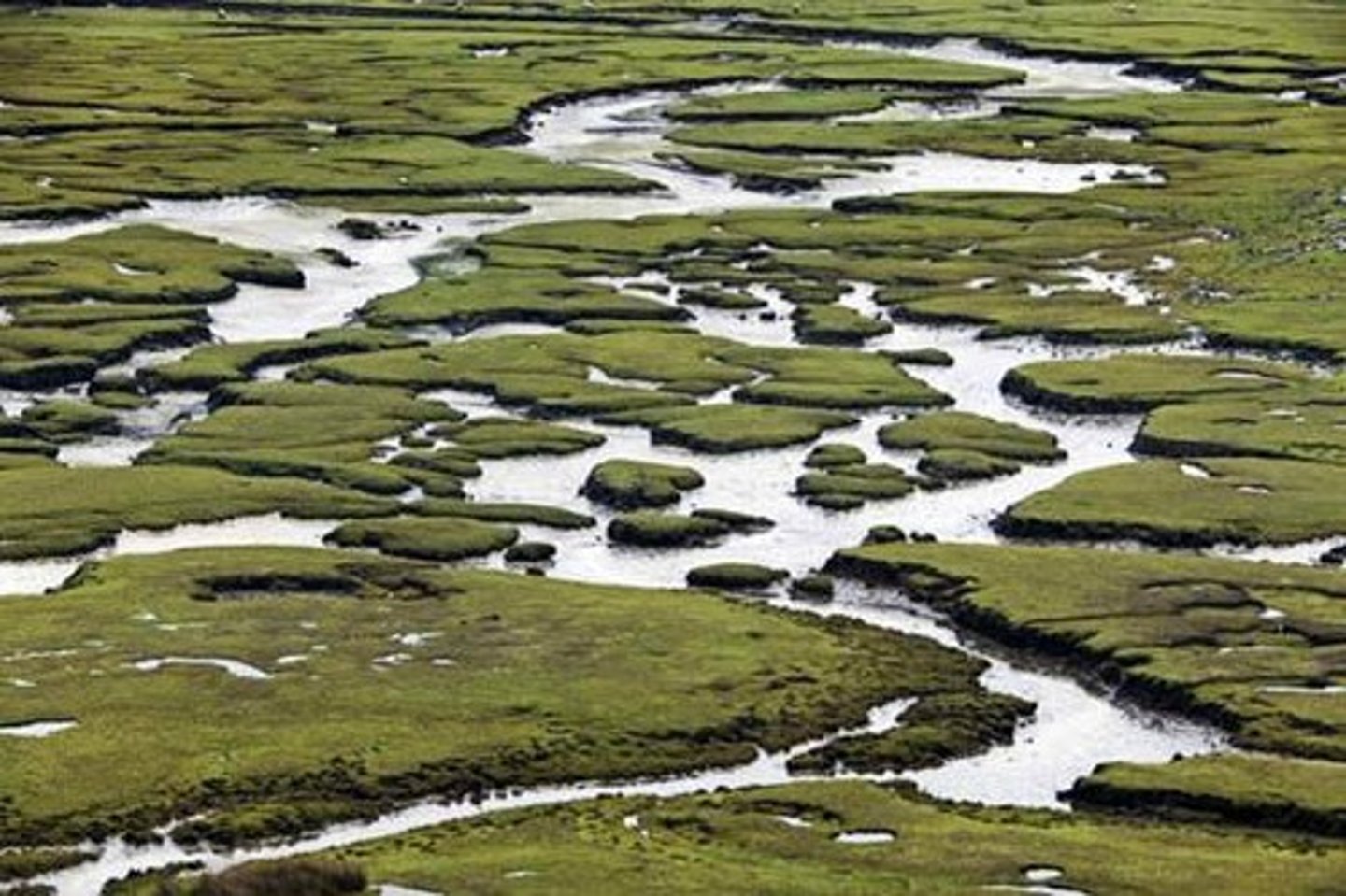
Fens
Peat-forming wetlands that are less acidic and have higher nutrient levels than bogs; thus, support more divers plant and animal community
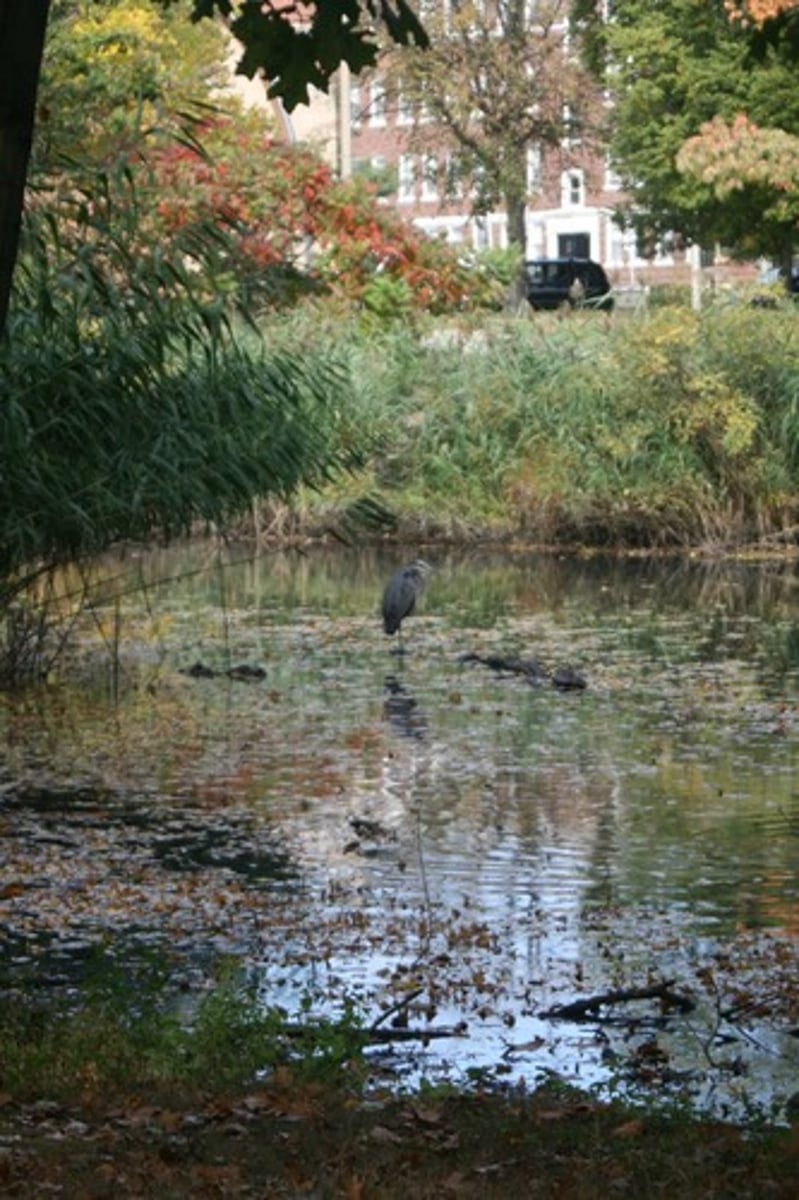
Why should we Conserve Wetlands?
They provide valuable services, such as:
- Protecting waterways, and drinking water, by filtering out contaminants
- Lowering water temperature in summer, reducing harmful algal blooms
- Reducing risk of floods by acting as a sponge
- Serving as natural reservoirs by storing water during rainy seasons, then releasing it during dry periods
- Providing natural habitats for birds and other species, making wetlands an important source of recreation
Wetland Loss
In the 1700s, the lower 48 states had an estimated 221 million acres of wetlands. By the 1980s, about 54% (117 million acres) had been lost. The rate of loss varies across the country.
Causes of Wetland Loss
- Agricultural 87%
- Urban Development 8%
- Other developments 5%
Rivers and Harbors Act of 1899
The oldest federal regulatory authority over wetlands is 10 of the Rivers and Harbors Act.
- main purpose is to protect navigable waters
- prohibits anyone from dredging, filling, or otherwise altering "navigable waters" without obtaining a permit from U.S. Army Corps of Engineers (USACE)
- Effectively prohibits virtually any type of destruction or alteration of qualifying wetlands (most don't qualify: not navigable)
Clean Water Act
404 prohibits discharges of dredged or fill materials into a wetland without a permit from USACE.
- regulates a limited set of activities and contains many exemptions
- covers more wetlands than Rivers and Harbors Act
CWA's Navigable Waters
"All waters of the United States including the territorial seas" (causes confusion of what it means to this day)
Wetland Delineation
CWA: Given that wetlands are often dry for a part of the year, determining what is a wetland for the purposes of the CWA is not always easy. They must have:
- Hydric soils
- Wetland vegetation
- Wetland hydrology
Defining "Navigable Waters"
USACE originally exerted jurisdiction only over actually, potentially, or historically navigable waterways. This was deemed too narrow in a court case in 1975. In the 1980's, the EPA/USACE asserted jurisdiction over "waters of the United States":
- Traditional navigable waters
- Interstate waters
- All waters that could affect interstate or foreign commerce
- Tributaries of above
- Wetlands that are adjacent to traditional navigable waters
Case for CWA Navigable Waters in 1985
The Supreme Court unanimously rules that the CWA applies to wetlands that are adjacent to navigable waterways but are not themselves navigable. The reasoning: Could not adequately protect quality of navigable waters without authority over adjacent wetlands because of hydrologic connection
Case for CWA Navigable Waters in 2001
USACE exerts jurisdiction over isolated wetlands if they are actual or potential habitat for migratory birds: The "Migratory Bird Rule".
- Issue: Could the Corps regulate isolated wetlands that are not adjacent to navigable waters?
Supreme Court ruled 5-4 that the Migratory Bird Rule exceeded USACE's statutory authority (didn't have the authority to regulate this). By ruling that statutory authority was exceeded, Court avoided question of whether CWA exceeds Commerce Power.
Case for CWA Navigable Waters in 2006
The Supreme Court reversed lower court decisions that allowed USACE to regulate wetlands that were hydrologically linked to navigable waterways only through ditches, drains, and creeks. This was a plurality decision (4-1-4). This ruling also raised the questions about CWA authority over rivers and streams that are not navigable, but are tributaries of traditionally navigable waters.
Case for CWA Navigable Waters in 2015
The US EPA and USACE promulgate regulation defining waters of the U.S. as
- Traditional Navigable Waters
- Interstate Waters
- Tributaries of the above
- Adjacent waters
- Isolated waters with a "significant nexus" to traditional navigable waters
In 2017, President Trump issued an Executive order directing EPA and USACE to rescind or revise the regulation
Tulloch Rule
Provides some clarity on what 404 regulates as "discharges" of materials into wetlands. Under this rule, activities that led to "any redeposit of dredged material" were subject to 404.
Case for "Discharge of Material" in 1998
the D.C. Circuit Court held that the Tulloch Rule exceeded USACE jurisdiction under the CWA after an accidental spillage of discharge from a dropped bucket. In response, USACE changed the rule to "any redeposit of dredged material other than incidental fallback".
CWA Special Exceptions
404 exempts several activities from permit requirements, for example:
- Normal farming
- Silviculture
- ranching activities such as plowing, seeding, cultivating, minor drainage, harvesting for production of food, fiber, and forest products, or upland soil and water conservation practices
- Construction of farm or stock ponds or irrigation ditches
Exemptions Limited by "Recapture Provision"
Even exempt activities must have a permit if they would
- change the use of the land
- either impair the "flow of circulation of navigable waters"
- or "reduce the reach of navigable waters"
CWA Permitting Process
404 instructs EPA to develop appropriate guidelines for issuing permits in consultation with USACE. To get a permit, they must show that:
- There is no practicable alternative to the proposed activity that would have less impact on the wetlands
- The proposed activity will not have significant adverse impacts on aquatic resources
- All "appropriate and practicable" mitigation will be used
- The proposed activity will not violate other federal or state laws
Even activities that meet these may be studied by USACE to ensure that they are not contrary to the public interest.
Evaluating Adequacy of Proposed Mitigation
USACE will:
- Seek to avoid any negative impact on wetland
- If no negative impact is impossible, USACE will attempt to ensure impact is reduced
- If cannot be reduced, require applicant to restore, or create other wetlands (Compensatory Mitigation)
Compensatory Mitigation
Creation of habitat to compensate for habitat taken by a development of any kind. The preference is for on-site mitigation. This protection of off-site wetlands has led to creation of mitigation banks.
Mitigation Banks
Private or public organizations work together to restore, enhance, or create wetlands in a region and use the mitigation "credits" to satisfy the 404 mitigation requirements for individual development projects
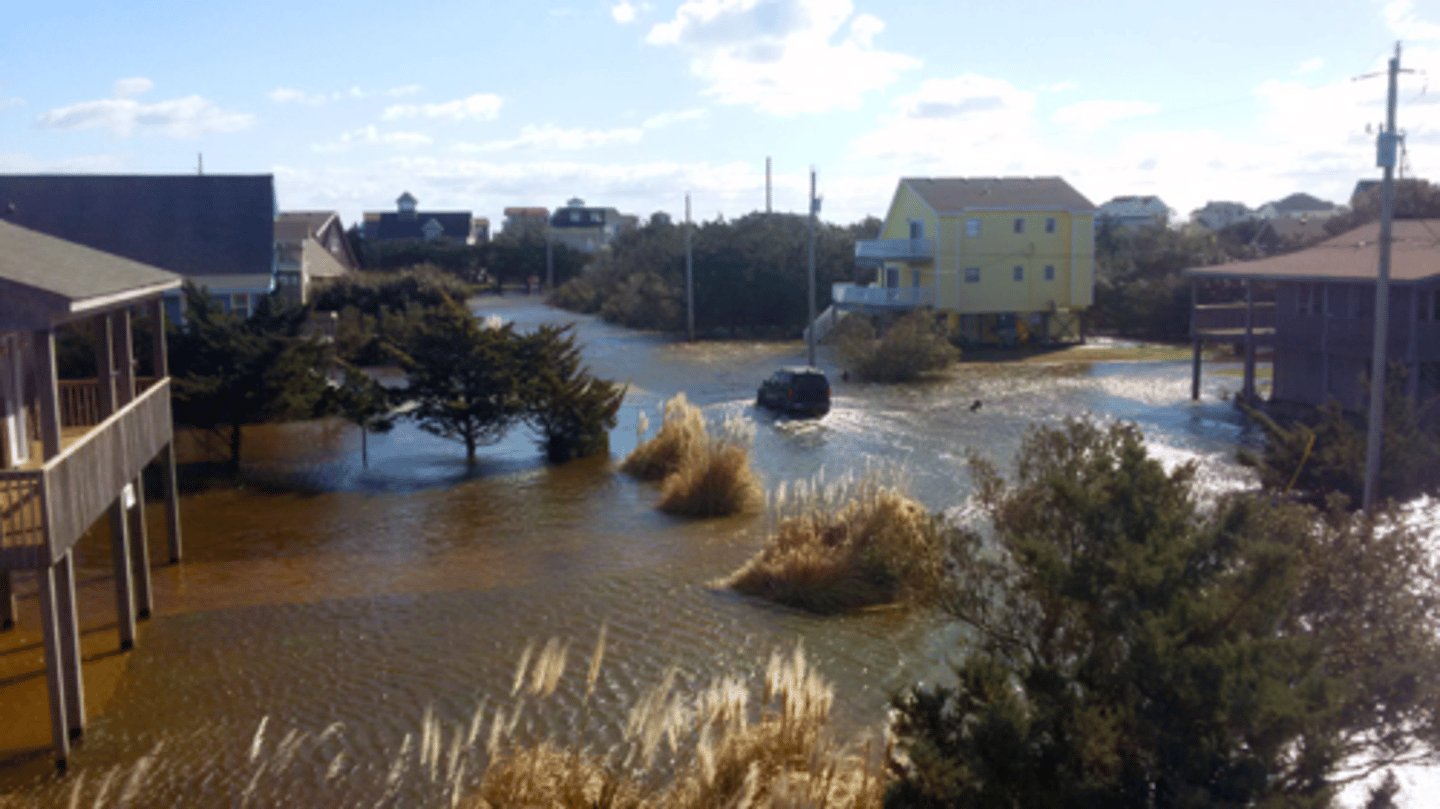
Potential Problems with Mitigation Banking
- Unless the mitigation wetlands are similar to destroyed wetlands, the same type of habitat may not be provided
- Because mitigation banks are rarely adjacent to destroyed wetlands, the ecosystem services provided will be of lesser quality
- Mitigation banks tend to be where land is cheap and far from towns, making them less valuable to populations.
General Permits
Only about 15% of the approx. 100,000 activities regulated by USACE go through full regulatory review processes. 85% are covered by these. If activity is covered by these, most of the time people do not even need to inform USACE of their intentions. USACE has issued about 50 of these nationwide.
Nationwide Permit 26
Most controversial general permit, which allowed the filling of up to three acres of isolated wetlands for commercial or residential purposes. This permit expired in 2000 because it was leading to a great reduction of wetland acreage. It was replaced by Permit 39
Nationwide Permit 39
A general permit created in 2000 which allowed the filling of only half an acre or less of wetlands for commercial or residential use.
USEPA Veto
This has the power over USACE 404 decisions. Though USACE issues about 80,000 permits annually, to date the EPA has applied this to less than 20.
Swampbuster
Highly Erodable Land Conservation and Wetland Conservation Compliance provisions, This denies certain agricultural subsidies to farmers who convert non-exempt wetlands into farmland without complying with an approved wetlands conservation plan. This is estimated to protect at least 6 million acres of wetlands with no additional cost to the federal government.
Wetland Reserve Program (WRP)
USDA pays farmers to restore and protect wetlands on their property. This protects almost 2 million acres of wetlands.
Still learning (3)
You've started learning these terms. Keep it up!